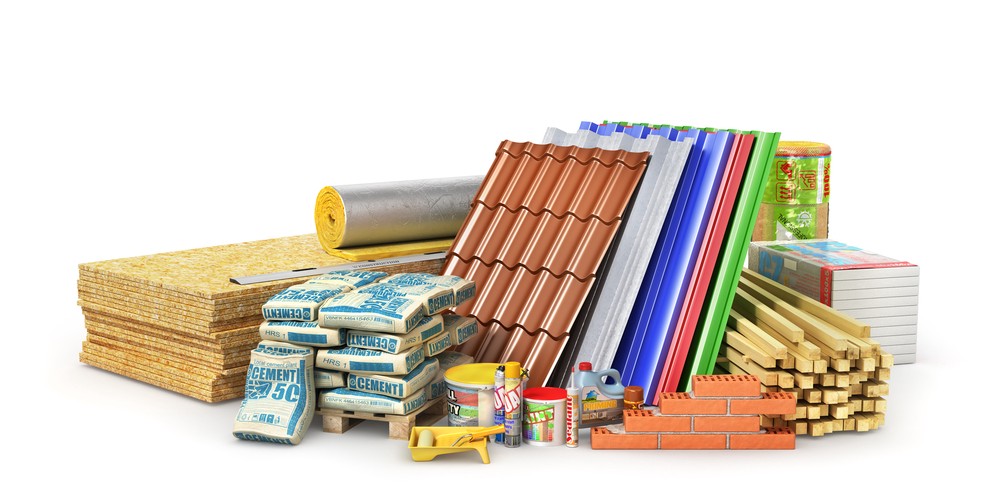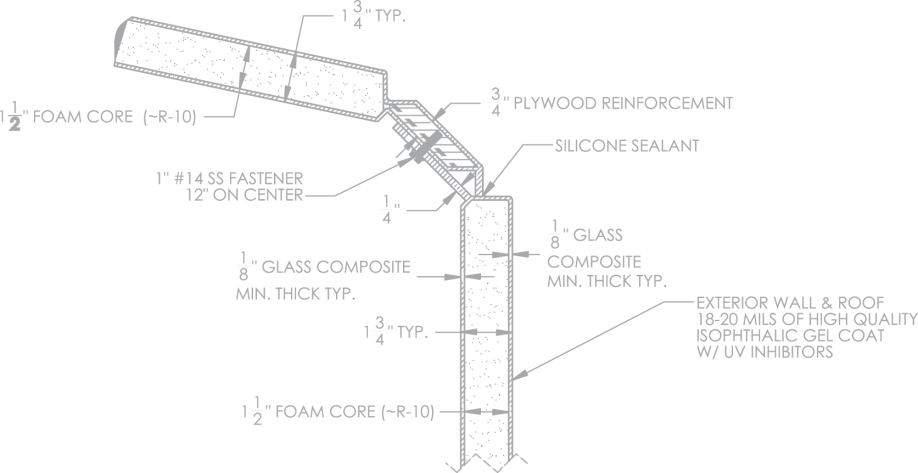Unlocking the Ecological Advantages of Recycled Composites in Building and Style
In the world of building and design, the application of recycled composites holds considerable assurance for enhancing sustainability techniques and lowering environmental effect (composites). By incorporating these innovative products, there is a possible to address essential issues such as waste minimization, power preservation, and a decrease in carbon impact. The shift towards a much more lasting future in these sectors rests on unlocking the full capacity of recycled compounds. This conversation will certainly explore the multifaceted advantages and obstacles associated with integrating recycled compounds into building and design, providing a peek into the transformative opportunities that exist in advance.

Ecological Impact Decrease
The decrease of environmental impact via using recycled composites in building and design plays a crucial function in sustainable techniques. By including recycled compounds right into building products, the building industry can dramatically lower its carbon footprint and contribute to an extra green future. These sustainable materials, made from repurposed plastics, timber fibers, or other recycled components, provide a practical alternative to typical building products without jeopardizing on quality or durability.
Recycled compounds help divert waste from land fills and decrease the demand for drawing out raw products, therefore preserving natural sources. In addition, the manufacturing procedure of these composites usually takes in much less energy and sends out less greenhouse gases compared to generating virgin products (composites). This change in the direction of making use of recycled compounds not only lessens environmental injury yet likewise advertises a circular economic climate by urging the reuse of materials that would certainly otherwise be disposed of
Waste Reduction
With a focus on lessening waste in building and construction and design, the combination of recycled compounds uses a sustainable service to reduce environmental impact. Waste minimization is a vital element of sustainable practices, and the usage of recycled composites offers a possibility to attain this goal effectively. By utilizing materials that have actually currently offered their first purpose, such as recycled plastics or redeemed timber fibers, the construction and design markets can dramatically lower the quantity of waste generated and sent to landfills.
Recycled composites have the potential to divert substantial amounts of waste from conventional disposal techniques, adding to a much more circular economic climate where sources are used effectively. Furthermore, the manufacturing process of recycled composites frequently takes in much less power and generates less exhausts contrasted to virgin products, even more decreasing the environmental impact of construction and layout tasks.
Carrying out waste reduction techniques through the incorporation of recycled compounds not just assists in saving natural resources yet likewise promotes a more lasting strategy to building and visit their website creating for a greener future.
Energy Preservation
Including recycled compounds not only lessens waste in building and construction and design but also plays a critical duty in boosting power preservation techniques within the sector. The usage of recycled compounds in building can substantially add to power preservation with different means. By promoting the usage of recycled compounds in construction and layout, the industry can make significant strides towards attaining energy efficiency and minimizing its carbon footprint, ultimately adding to an extra sustainable built environment.
Carbon Impact Decrease
Enhancing sustainability techniques with the use of recycled composites in construction and layout dramatically minimizes the carbon footprint of the sector. By including recycled materials into the manufacturing of compounds, the requirement for virgin resources lowers, bring about reduced energy useful site consumption and greenhouse gas exhausts related to conventional production procedures. This reduction in carbon impact is essential in combating environment change and advertising a much more environmentally pleasant technique to building and layout.
Moreover, using recycled composites also aids in diverting waste from land fills, thus mitigating the ecological impact of disposal and advertising a circular economic situation. The carbon impact reduction attained with the adoption of recycled compounds straightens with the worldwide push in the direction of lasting techniques and the reduction of industrial exhausts. It showcases a commitment to accountable source management and a shift in the direction of greener alternatives in the building and construction and design fields. Ultimately, by prioritizing the assimilation of recycled composites, the market can make considerable strides in decreasing its carbon footprint and adding to a more sustainable future.
Lasting Future
The integration of recycled compounds in building and design not just addresses immediate ecological concerns however also lays a strong foundation for a lasting future in the industry. By integrating recycled composites into structure materials and items, the construction and style sectors can substantially decrease their dependence on virgin resources, bring about a more round economic climate. This change towards sustainability is crucial for minimizing the environmental effect of traditional building techniques, which typically cause high levels of waste generation and source depletion.

Verdict
In verdict, recycled compounds use considerable environmental benefits in building and design by decreasing ecological influence, minimizing waste, preserving power, reducing carbon footprint, and promoting a lasting future. Accepting using recycled composites can add to a much more environmentally-friendly strategy to building and layout, eventually causing a much more sustainable and greener future for all.
The decrease of environmental influence with the usage of recycled composites in construction and layout plays an essential role in lasting methods.With an emphasis on lessening waste in building and design, the assimilation of recycled composites offers a lasting service his comment is here to lower environmental impact. By advertising the use of recycled composites in building and construction and style, the sector can make considerable strides towards attaining energy performance and minimizing its carbon footprint, eventually contributing to a much more sustainable developed environment.
